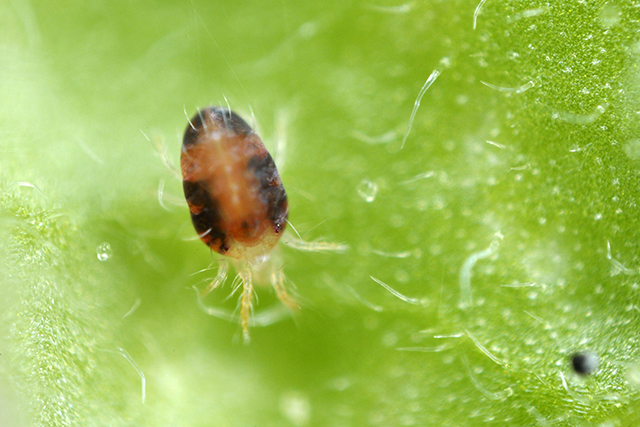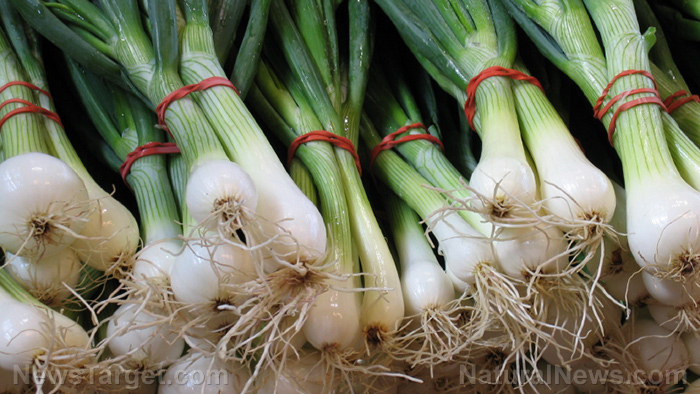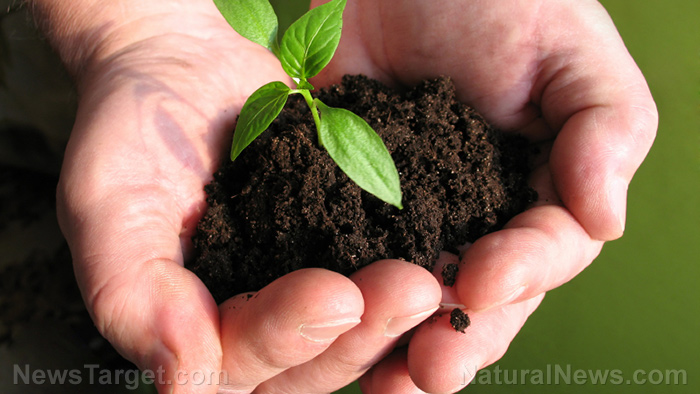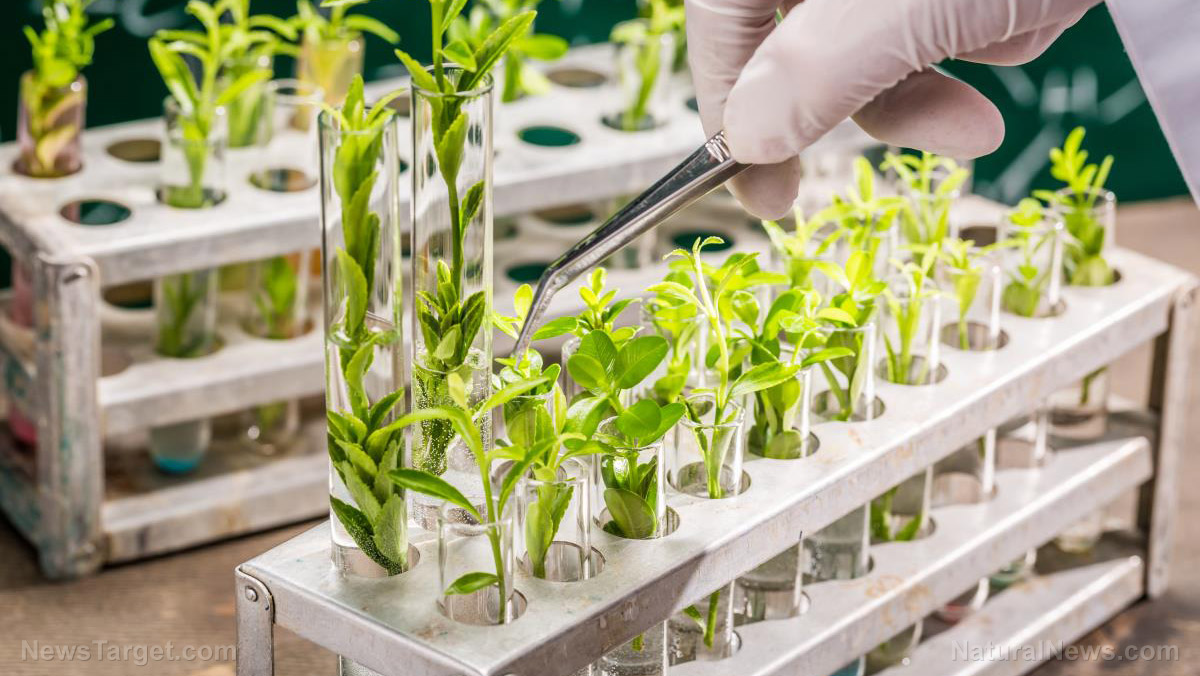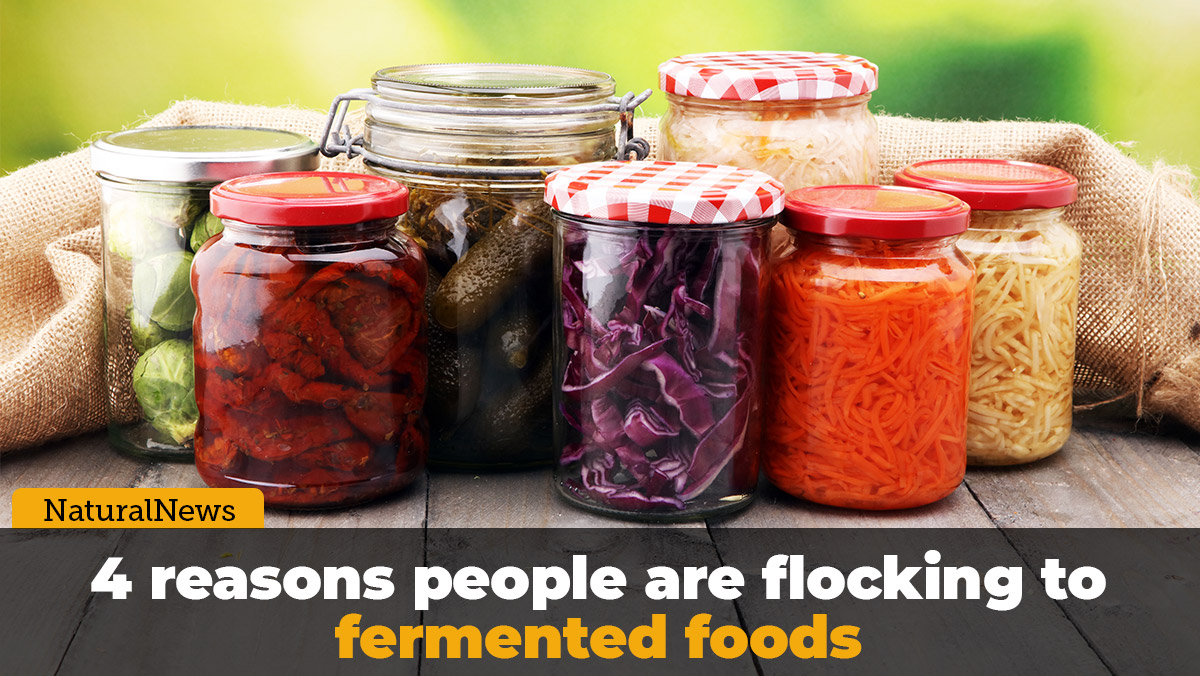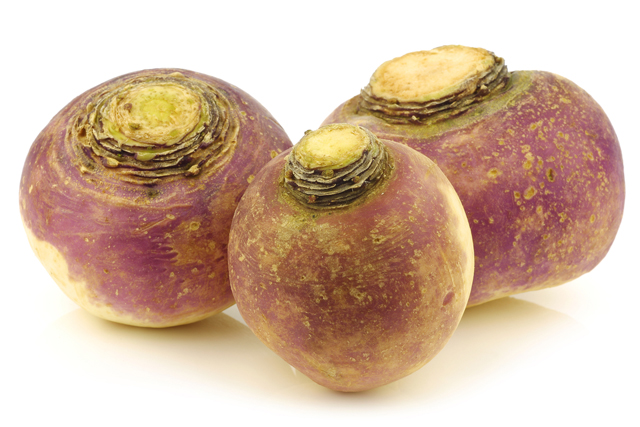- Allium
- Allyl disulfide
- Bioflavonoids
- Calcium
- Carbohydrates
- Copper
- Folates
- Iron
- Kemferol
- Magnesium
- Manganese
- Niacin
- Pantothenic acid
- Phosphorus
- Potassium
- Protein
- Pyridoxine
- Quercetin
- Riboflavin
- Selenium
- Sodium
- Thiamin
- Vitamin A
- Vitamin C
- Zinc
- Sulfur
Shallots – sources, health benefits, nutrients, uses and constituents at NaturalPedia.com
06/21/2017 / By Russel Davis

Shallots are bulb vegetables that belong to the allium family, which include onions, garlic and scallions. Often confused with onions, shallots are rather small and elongated in shape. In contrast with onion’s single bulb with concentric layers, shallots are actually composed of individual cloves like garlic. Small shallot bulbs may contain two to three individual cloves, while bigger ones may contain up to six cloves. Because of this, it is difficult to determine the number of shallot bulbs to use in certain recipes. According to TheSpruce.com, it is ideal to use all the cloves if a recipe calls for an entire shallot bulb.
List of known nutrients
Like all members of the allium family, shallots are naturally rich in important vitamins and minerals that promote the body’s overall health.
Medicinal uses for shallots
Shallots are considered more nutritious than onions due to their higher antioxidant content. The bulb vegetable is notably high in quercetin, kemferol, and different sulfuric antioxidants that get released when cell surface disruption takes place, as is the case during slicing or crushing. When these compounds are released, they form another potent compound called allicin. This compound is known to reduce cell mutation and prevent the onset of certain types of cancers such as lung, oral, stomach, colorectal, and breast cancer.
Likewise, the allicin in shallots are found to inhibit the production of a reductase enzyme in the liver, which in turn results in proper cholesterol control in the body. Allicin is also noted to release nitric oxide in the body. Nitric oxide is known to effectively lower blood pressure levels. A combination of allicin’s nitric acid-producing capacity and potassium’s vasodilating property may significantly reduce the risk of cardiovascular conditions such as atherosclerosis, coronary heart disease, heart attacks and strokes.
Shallots are also rich in the phytochemicals allium and allyl disulfide. These phytochemicals are valued for their anti-diabetic properties. The compounds are known to regulate the body’s blood sugar levels. The bulb vegetable prevents insulin breakdown and promotes glucose metabolism too. In addition, shallots contain higher levels of iron, copper, and potassium compared with onions. The rich iron and copper content in shallots are touted to boost blood circulation by facilitating red blood cell production. As a result, the body experiences increased energy, vitality and cell regrowth as well as healing and metabolism. Shallots are also found to bolster the body’s immune system.
Furthermore, shallots are a rich source of important minerals that sooth the nerves, maintain low stress levels and regulate body hormones. This makes shallots a go-to food against Alzheimer’s disease. Shallots are also known to address intestinal worms, stomach infection and hair and skin conditions. Additionally, shallots are known to promote bone and teeth health, skin condition and eye health.
Body systems supported by shallots
Shallots support the heart and the entire circulatory system, as well as the digestive and immune systems. Shallots are also beneficial to the brain and nerves, the skin, the eyes and the hair.
Ways to use shallots
Shallots are versatile bulb vegetables that can be used in a variety of recipes including pickles, sauces and dips. Shallots are also ideal in salads, yogurt dishes, and stir-fried recipes. A BonAppetit.com compilation features some of the most interesting shallot recipes across the internet.
Where to learn more
- Shallots lower risk for cancer, diabetes, and osteoporosis
- 7 Foods to Win the Gray Hair Battle and Gray Away Salad Recipe
- Thai Herbs – Important part of Thai Cuisine
- Eat More Salads, Then You Can Build Strong Bones
- 14 raw vegan weight loss smoothies
Summary
Shallots prevent diabetes, cardiovascular diseases, and certain types of cancer.
Likewise, shallots prevent Alzheimer’s disease, osteoporosis, and skin and hair conditions.
The bulb vegetable is beneficial to the circulatory system, as well as the digestive and immune systems.
Shallots support the heart, gut, and bones as well as the eyes, the skin, and the hair.
Sources include:
Tagged Under: shallots







